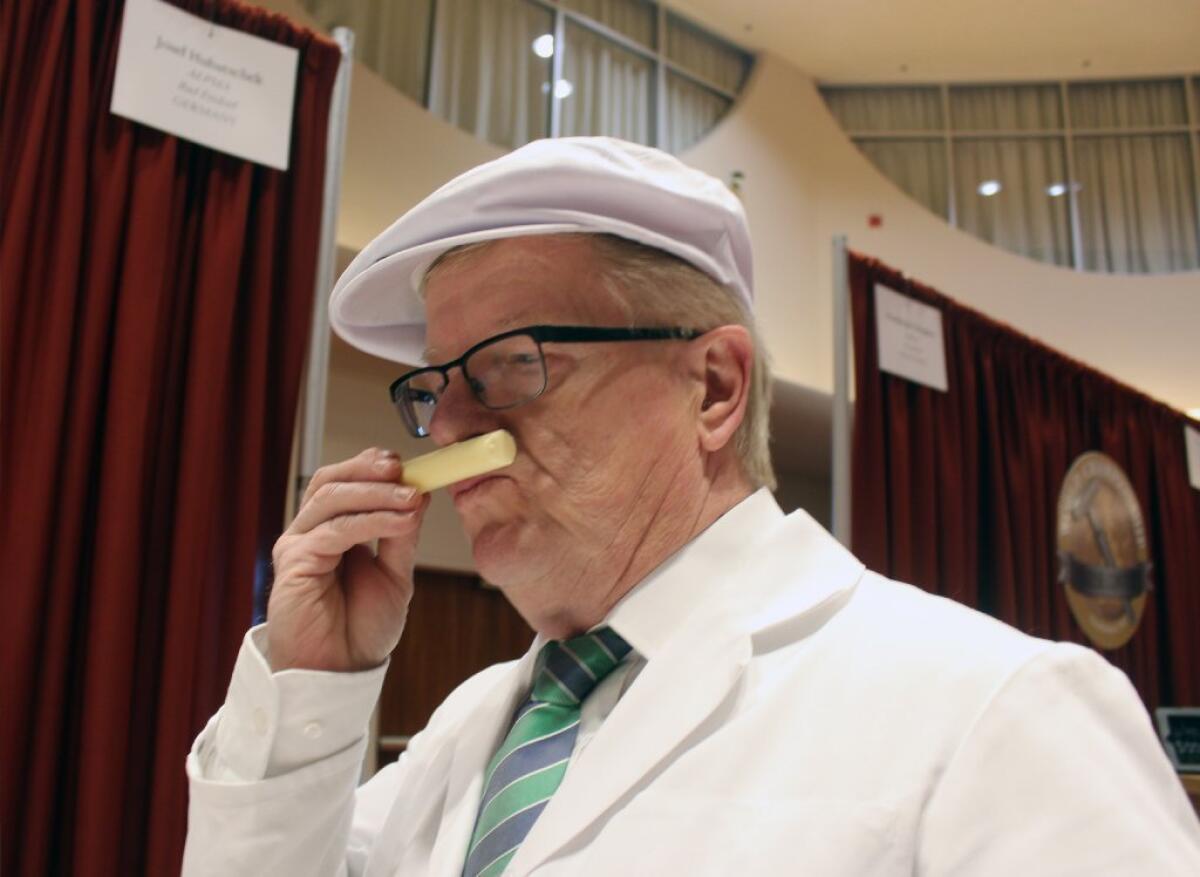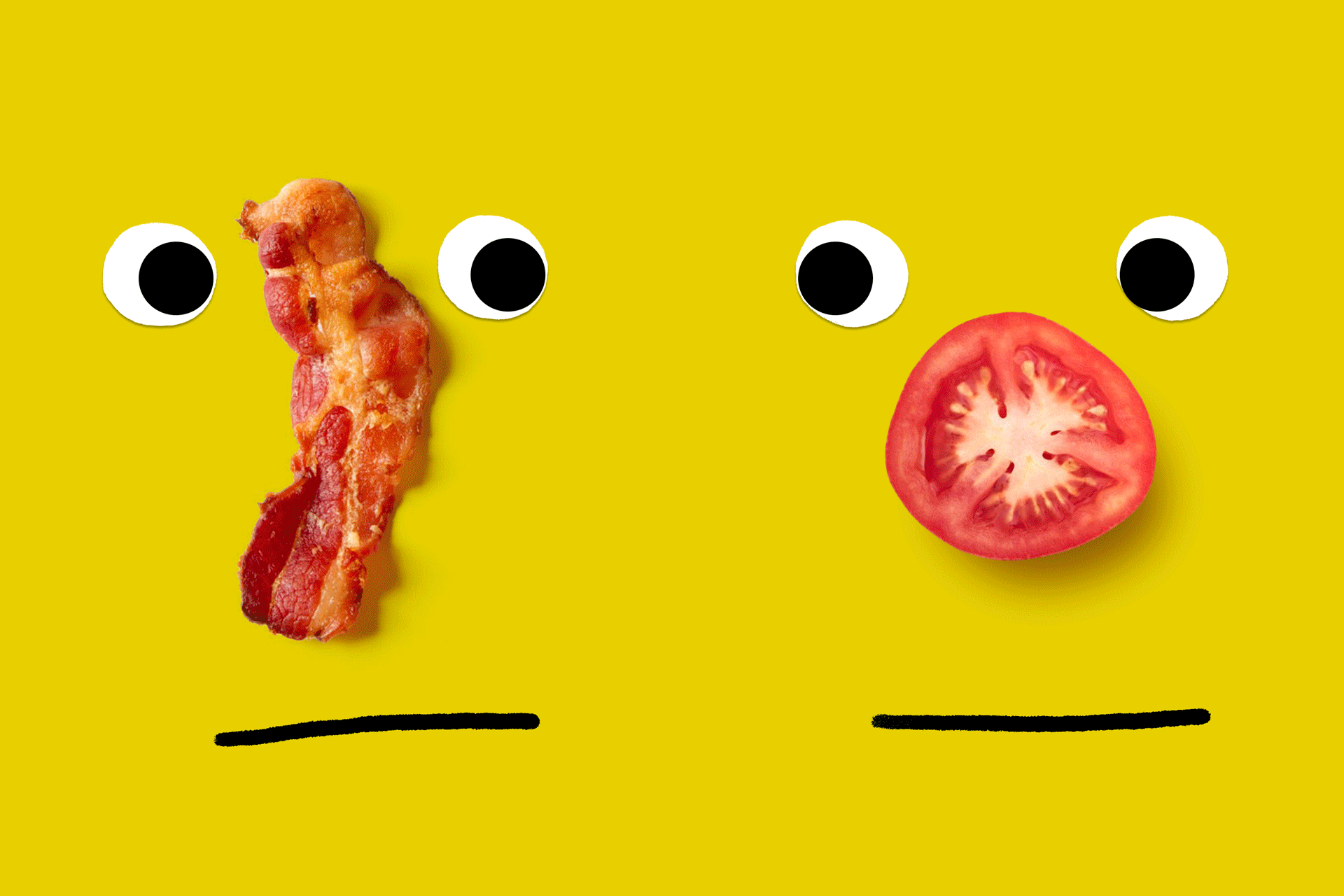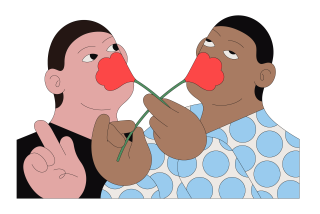Take a whiff! You can smell 1 trillion scents, study finds

Breathe in deeply and feel the power of your nose. If your sense of smell is firing on all cylinders, you can distinguish among a dizzying array of 1 trillion different odors, according to a new study in the journal Science.
Bad perfume, baby skin, lavender rubbed between your fingers, real apple pie in the oven, and apple-pie-scented candles -- the diverse world of odor is yours for the smelling.
“Our sense of smell is amazing,” said Leslie Vosshall, who studies olfaction at the Rockefeller University in New York City. “The whole point of this study is that humans are much better at smelling than we thought.”
When it comes to the senses, smell often gets short shrift. Scientific research has shown humans can distinguish between 2.3 million and 7.5 million colors. It has also shown we can hear 340,000 different tones. But no one had taken the time to learn how many different smells we can access until now.
An influential study published in 1927 suggested that humans could smell about 10,000 different smells, but while that number was widely circulated, it had never been tested. To see if it was anywhere near accurate, Andreas Keller, a research associate in Vosshall’s lab decided to investigate.
“We really have to give credit to Keller,” said Vosshall. “He is in the business of challenging ideas that are accepted as common knowledge and debunking them.”
The experiment involved gathering 128 different odorant molecules including citrus, tobacco, mint and garlic and combining them in random mixtures of 10, 20 or 30 until they became unfamiliar and weird. The resulting smell was not exactly terrible, but not pleasing either.
The smells were placed in glass vials and given to test subjects three at a time. Two of the vials contained the same concoction; a third vial was different. The test subjects were asked to identify which vial had the different smell. Each volunteer made 264 comparisons.
The researchers tallied how often the test subjects were able to correctly identify which of the vials smelled different. From there they extrapolated that humans could differentiate among at least 1 trillion different smells made of mixtures that include up to 30 different ordorant molecules.
“To be clear, we didn’t test 1 trillion smells,” said Vosshall. “We tested a small sampling of them. But people were much better at this than we thought they would be.”
The study’s authors note that the estimate of 1 trillion smells is actually quite conservative. The number of smells we can sense is much higher if you add smells made of even more molecules. For example, the scent of a rose is made of 275 components.
“I think the whole thing is a feel-good message that we don’t have to be so insecure about our capacity to smell,” said Vosshall. “I think everyone should go outside right now and pick things up and smell them.
“Feel the power of being able to smell a trillion different things,” she said.
For more stories from the weird wonderful world of science, follow me on Twitter.







